Installing a new bathroom vanity can be a daunting task, but with the right tools and know-how, it can be a rewarding DIY project. A bathroom vanity not only adds style and functionality to your space, but it also increases the value of your home. Whether you're looking to update your bathroom or just need to replace an old vanity, follow these steps for a successful installation.How to Install a New Bathroom Vanity
Before you begin, make sure you have all the necessary tools and materials. These may include a new vanity, sink, faucet, plumbing supplies, and tools such as a drill, level, and screwdriver. Follow these steps for a smooth and efficient installation: Step 1: Remove the old vanity. Start by turning off the water supply and disconnecting the plumbing connections. Remove the countertop, sink, and vanity from the walls. If the vanity is attached to the wall, use a pry bar to gently remove it. Step 2: Prepare the area. Measure the space where the new vanity will go and make any necessary adjustments to the plumbing or electrical connections. If the new vanity is larger than the old one, you may need to cut the countertop or make changes to the walls. Step 3: Assemble the new vanity. Follow the manufacturer's instructions to assemble the new vanity. Make sure all the parts are included and in good condition before proceeding. Step 4: Install the faucet and sink. Place the faucet and sink on top of the vanity and secure them in place according to the instructions. This may involve drilling holes for the faucet and attaching the sink with clips or adhesive. Step 5: Attach the vanity to the wall. Use a level to make sure the vanity is straight and then attach it to the wall with screws. This will ensure it stays in place and won't tip over. Step 6: Connect the plumbing. Connect the water supply lines to the faucet and the drain pipe to the sink. Make sure all connections are tight and secure to avoid any leaks. Step 7: Secure the countertop. Place the countertop on top of the vanity and secure it in place with screws. Make sure it is centered and level before screwing it in. Step 8: Finish with caulk and trim. Use caulk to seal any gaps between the vanity and the wall, as well as between the countertop and the sink. Add trim along the edges for a finished look.Step-by-Step Guide for Installing a Bathroom Vanity
Installing a new bathroom vanity yourself can save you money and give you a sense of accomplishment. However, it's important to know your limits and hire a professional if you feel unsure or overwhelmed. Some DIY enthusiasts may be comfortable with plumbing and electrical work, while others may prefer to leave it to the experts. Make sure you have the necessary skills and knowledge before tackling this project on your own.DIY Bathroom Vanity Installation
Having the right tools for any project is essential. When installing a new bathroom vanity, some of the tools you may need include a drill, level, screwdriver, wrench, and pliers. You may also need a pry bar, caulk gun, and saw if you need to make any adjustments to the space. Make sure you have all the necessary tools on hand before starting the installation.Tools Needed for Installing a New Bathroom Vanity
Measure twice, cut once. This age-old saying applies to installing a new bathroom vanity as well. Make sure to measure the space accurately and double-check before making any cuts or adjustments. Follow the instructions. Every vanity is different, so it's important to follow the manufacturer's instructions for assembly and installation. This will ensure a smooth and successful installation. Use caution with plumbing and electrical work. If you're not comfortable with plumbing or electrical work, it's best to hire a professional. These systems can be complex and require expertise to avoid any potential hazards.Tips for a Successful Bathroom Vanity Installation
When selecting a new bathroom vanity, consider the size and style of your space. You'll want to choose a vanity that fits comfortably and complements the overall aesthetic of your bathroom. Take measurements and consider the placement of any existing plumbing or electrical connections to ensure a proper fit.Choosing the Right Bathroom Vanity for Your Space
Not measuring accurately. One of the most common mistakes when installing a bathroom vanity is not measuring the space accurately. This can lead to a vanity that doesn't fit or adjustments that need to be made on the spot. Ignoring plumbing and electrical connections. It's important to take into account any plumbing or electrical connections when choosing a new vanity. Ignoring these can lead to costly and time-consuming adjustments during the installation process. Not using a level. A level is a crucial tool for ensuring your vanity is straight and level. Skipping this step can result in a crooked vanity that is not only unsightly but also unstable.Common Mistakes to Avoid When Installing a Bathroom Vanity
The cost of installing a new bathroom vanity can vary depending on the size, style, and complexity of the installation. On average, homeowners can expect to spend between $200 and $1000 for a new vanity installation. This cost may increase if you need to hire a professional for plumbing or electrical work.Cost of Installing a New Bathroom Vanity
The time it takes to install a bathroom vanity will depend on the size and complexity of the installation, as well as your level of expertise and any unforeseen issues that may arise. On average, a DIY installation can take anywhere from 2-4 hours, while a professional may be able to complete the job in 1-2 hours.How Long Does it Take to Install a Bathroom Vanity?
Deciding whether to hire a professional or tackle the installation yourself ultimately depends on your skills, knowledge, and comfort level. Hiring a professional can ensure a quick and efficient installation, but it can also be more expensive. DIY installation may save you money, but it's important to know your limits and hire a professional for any tasks that are beyond your expertise.Hiring a Professional vs. DIY Bathroom Vanity Installation
Adding the Finishing Touches

Choosing the Right Hardware
 When it comes to completing the look of your new bathroom vanity, choosing the right hardware is key. Not only does it add a decorative touch, but it also serves a functional purpose.
Knobs, pulls, and handles
come in a variety of styles, finishes, and materials, so it's important to choose ones that complement your overall bathroom design.
Brushed nickel
is a popular choice for a modern and sleek look, while
oil-rubbed bronze
adds a touch of elegance to a traditional bathroom.
Chrome
is a classic and versatile option that can work with a variety of design styles.
When it comes to completing the look of your new bathroom vanity, choosing the right hardware is key. Not only does it add a decorative touch, but it also serves a functional purpose.
Knobs, pulls, and handles
come in a variety of styles, finishes, and materials, so it's important to choose ones that complement your overall bathroom design.
Brushed nickel
is a popular choice for a modern and sleek look, while
oil-rubbed bronze
adds a touch of elegance to a traditional bathroom.
Chrome
is a classic and versatile option that can work with a variety of design styles.
Installing the Hardware
 Once you've chosen the perfect hardware, it's time to install them on your new bathroom vanity. Start by measuring and marking the exact placement of each piece. Use a level to ensure that they are all straight and evenly spaced. If you're replacing old hardware, make sure to fill in any holes and sand them down before installing the new ones.
Tip:
To make installation easier, you can use a template or create one yourself by placing a piece of paper over the vanity and marking where the hardware should go.
Next, use a drill to make holes for the screws and then attach the hardware using a screwdriver. It's important to not over-tighten the screws, as it can damage the vanity. Once all the hardware is installed, give it a final wipe down and step back to admire your new bathroom vanity.
Once you've chosen the perfect hardware, it's time to install them on your new bathroom vanity. Start by measuring and marking the exact placement of each piece. Use a level to ensure that they are all straight and evenly spaced. If you're replacing old hardware, make sure to fill in any holes and sand them down before installing the new ones.
Tip:
To make installation easier, you can use a template or create one yourself by placing a piece of paper over the vanity and marking where the hardware should go.
Next, use a drill to make holes for the screws and then attach the hardware using a screwdriver. It's important to not over-tighten the screws, as it can damage the vanity. Once all the hardware is installed, give it a final wipe down and step back to admire your new bathroom vanity.
Adding the Finishing Touches
 Now that your new bathroom vanity is installed, it's time to add the finishing touches that will tie the whole look together.
Decorative accents
such as candles, plants, and artwork can add a personal touch and make the space feel more inviting.
Storage solutions
like baskets or trays can help keep your vanity organized and clutter-free. And don't forget to add some
soft lighting
to create a warm and relaxing atmosphere in your bathroom.
With these tips, you can transform your bathroom by installing a new vanity. From choosing the right style and size to adding the finishing touches, a new vanity can make a big impact on the overall design of your bathroom. So go ahead and give your bathroom a makeover with a new vanity – you won't regret it.
Now that your new bathroom vanity is installed, it's time to add the finishing touches that will tie the whole look together.
Decorative accents
such as candles, plants, and artwork can add a personal touch and make the space feel more inviting.
Storage solutions
like baskets or trays can help keep your vanity organized and clutter-free. And don't forget to add some
soft lighting
to create a warm and relaxing atmosphere in your bathroom.
With these tips, you can transform your bathroom by installing a new vanity. From choosing the right style and size to adding the finishing touches, a new vanity can make a big impact on the overall design of your bathroom. So go ahead and give your bathroom a makeover with a new vanity – you won't regret it.








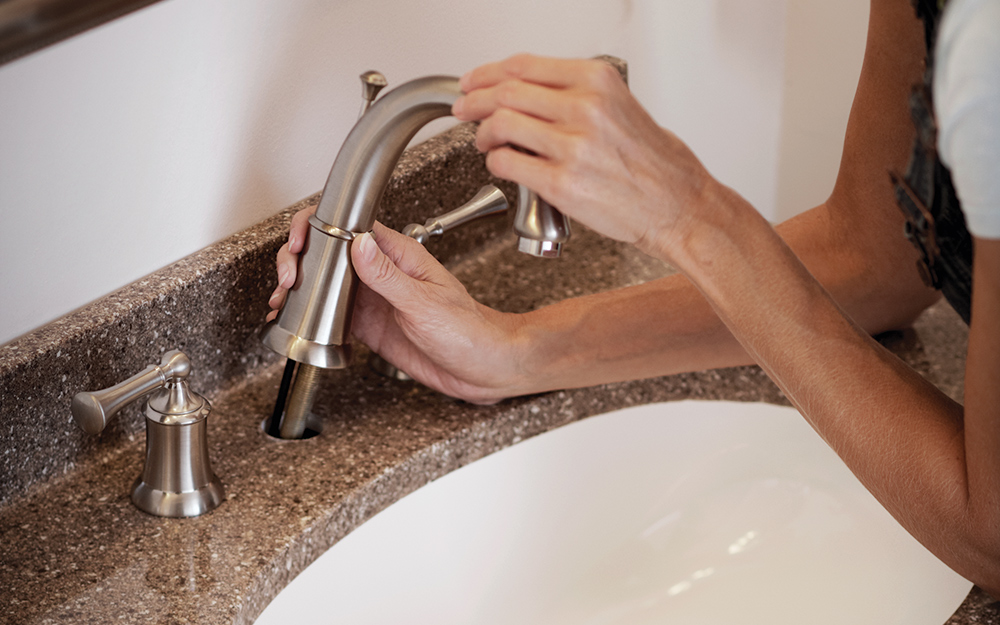




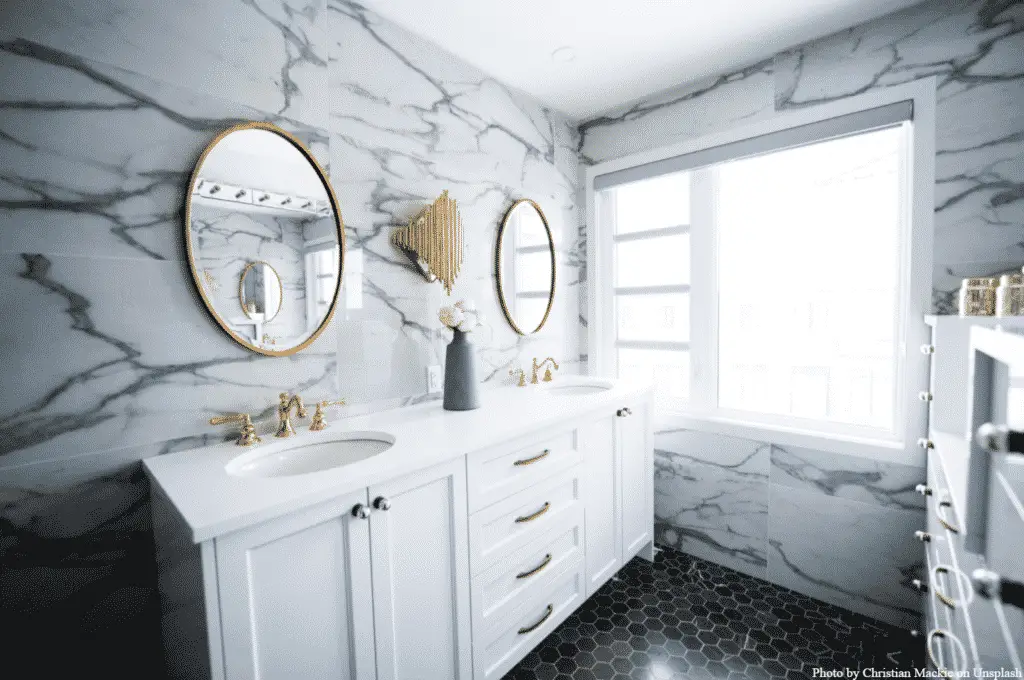
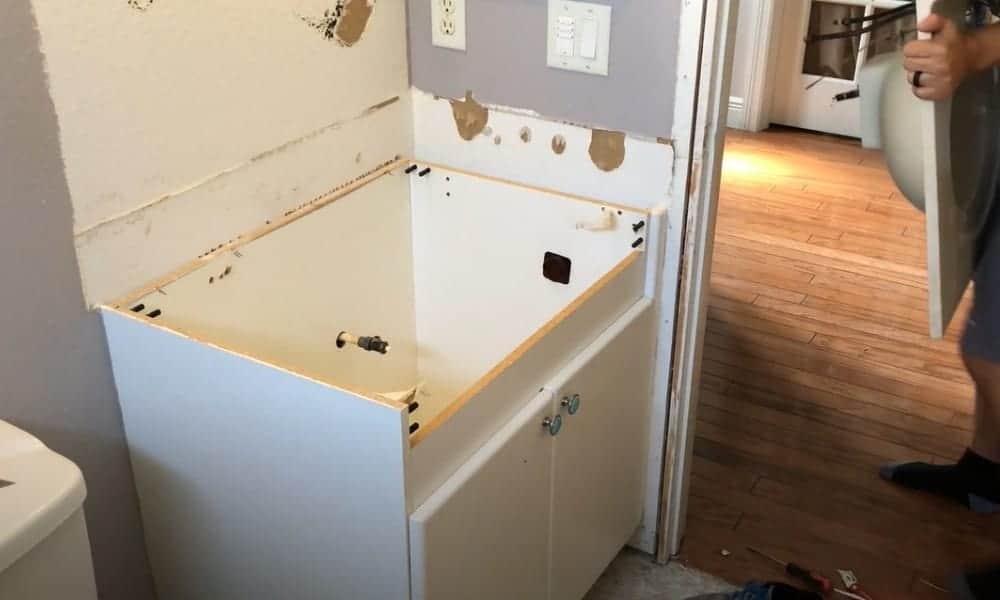

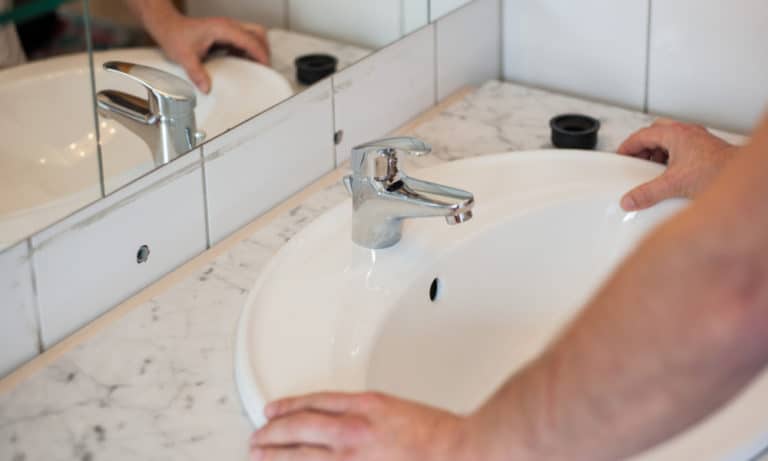



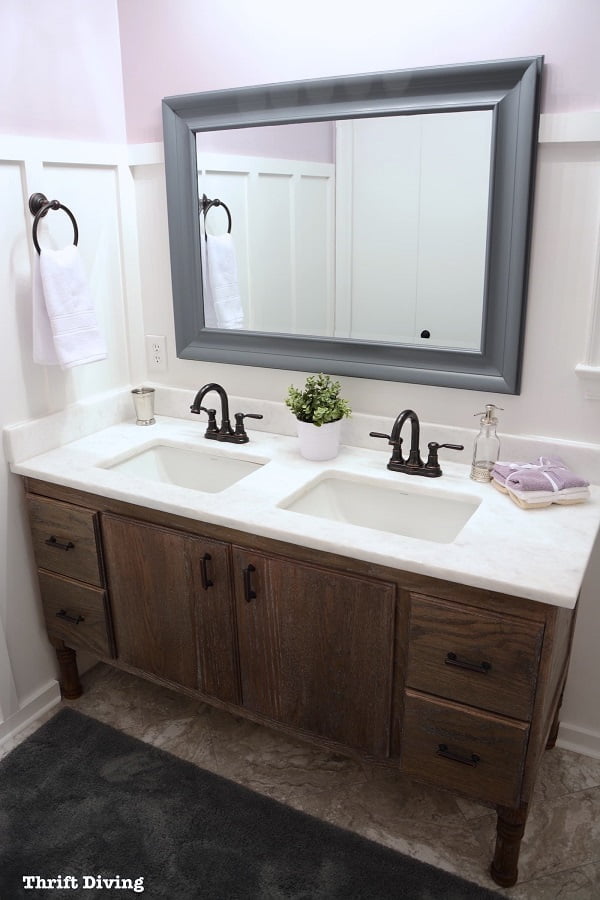

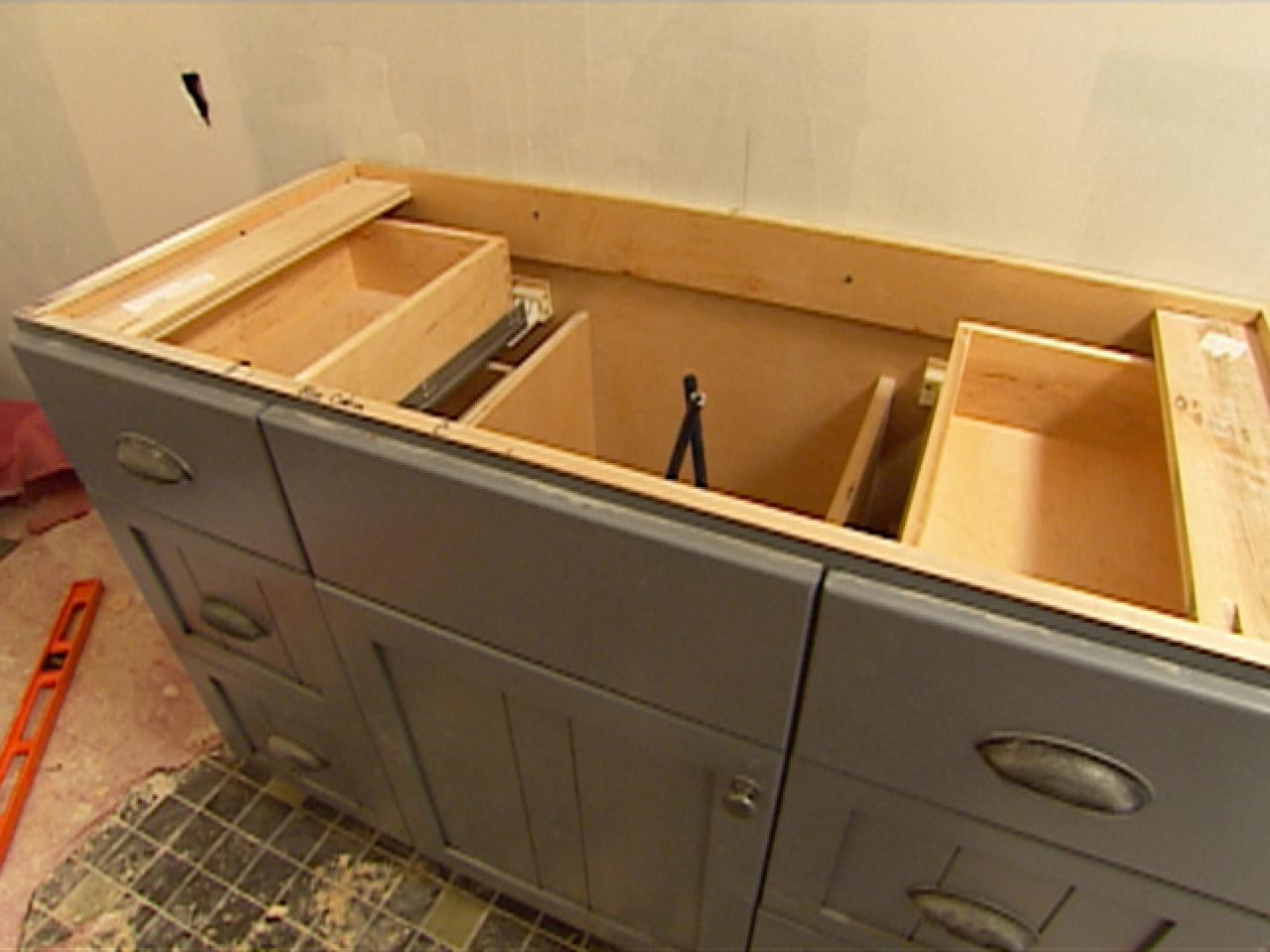
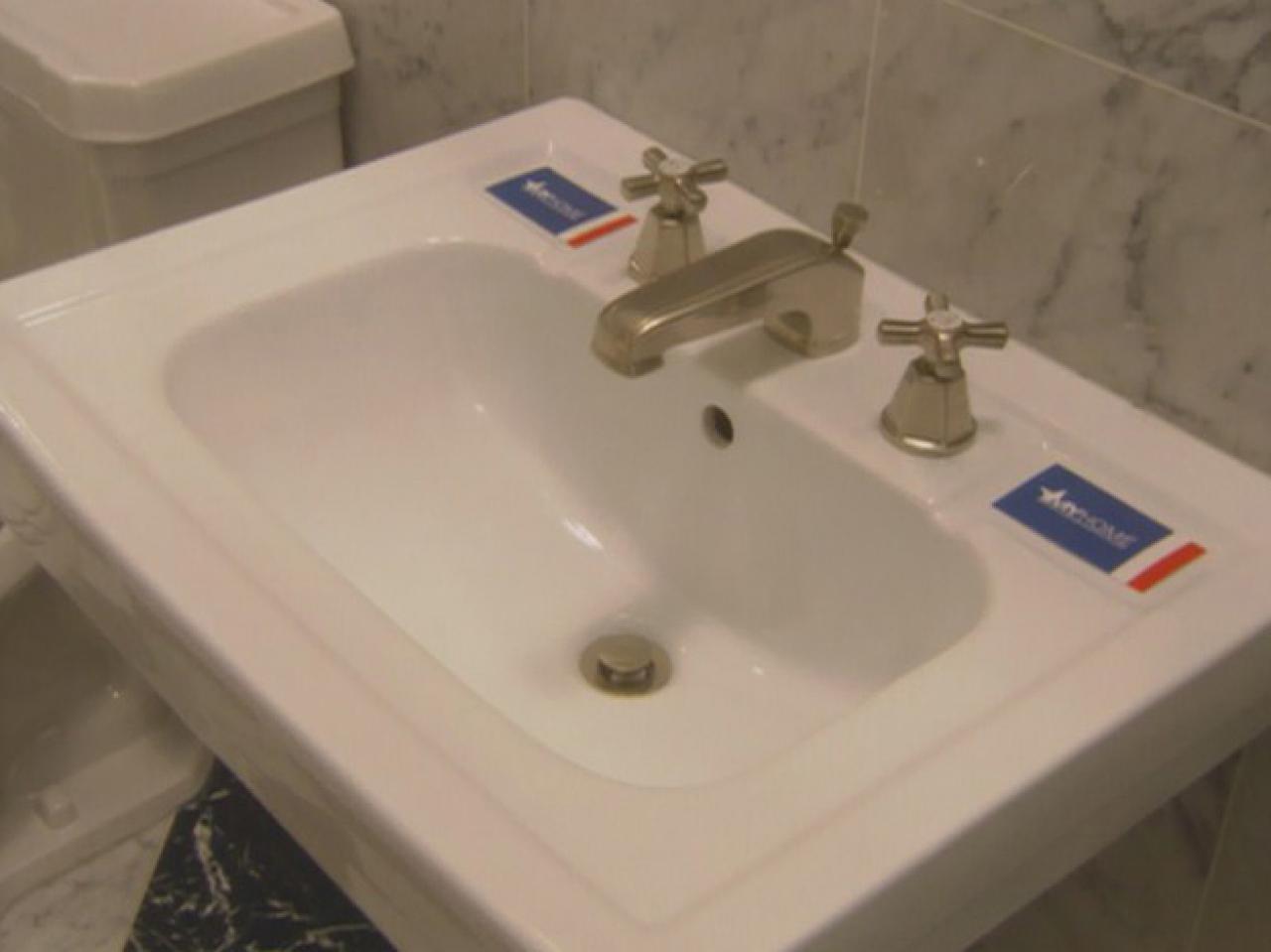

:max_bytes(150000):strip_icc()/build-something-diy-vanity-594402125f9b58d58ae21158.jpg)
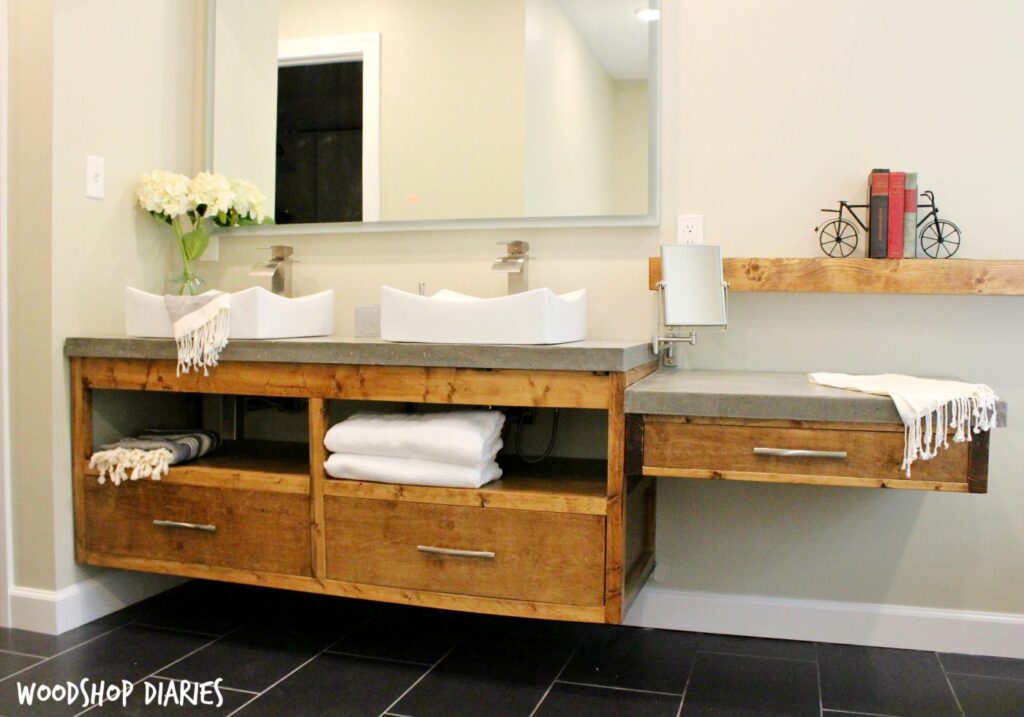


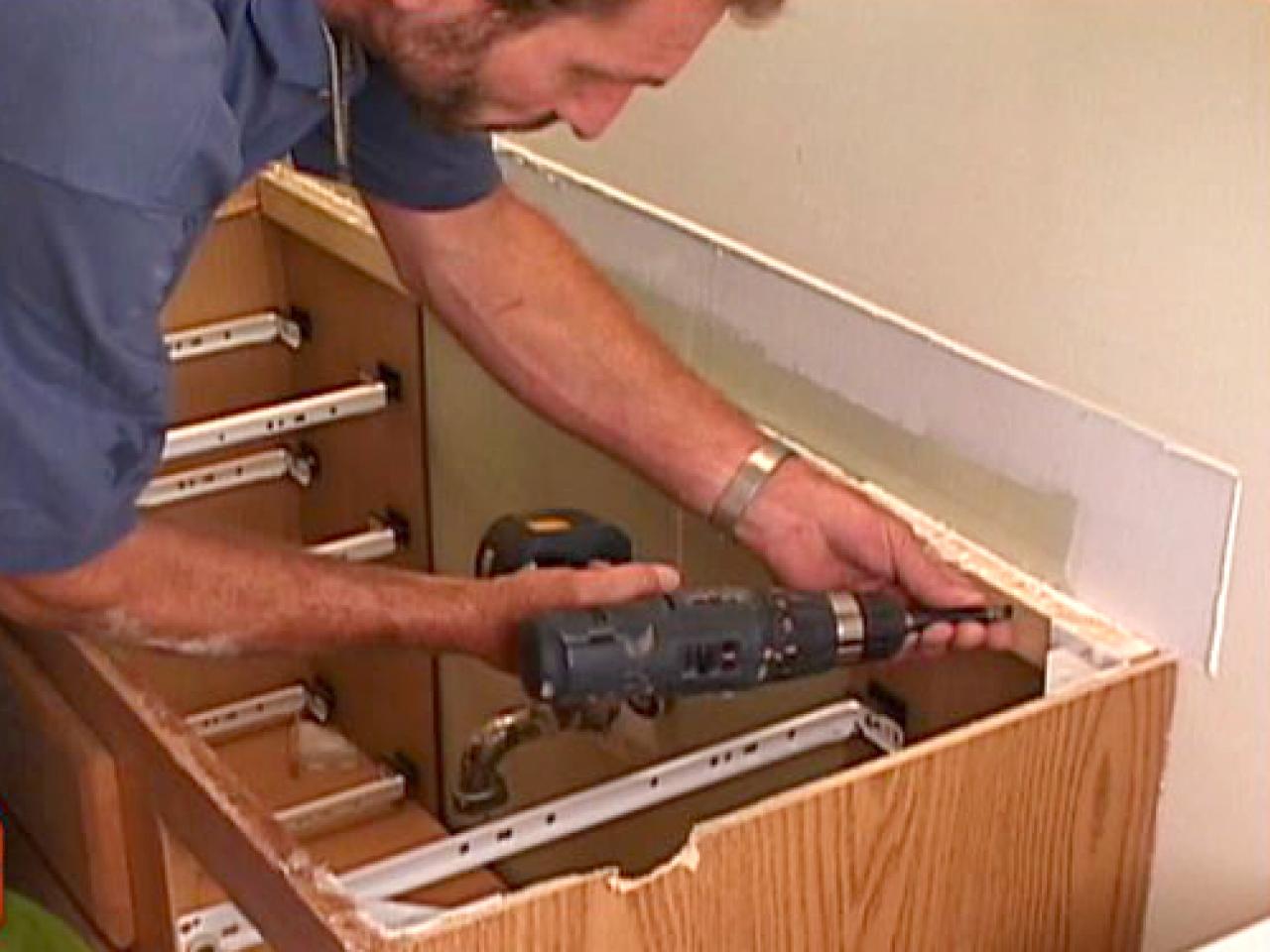


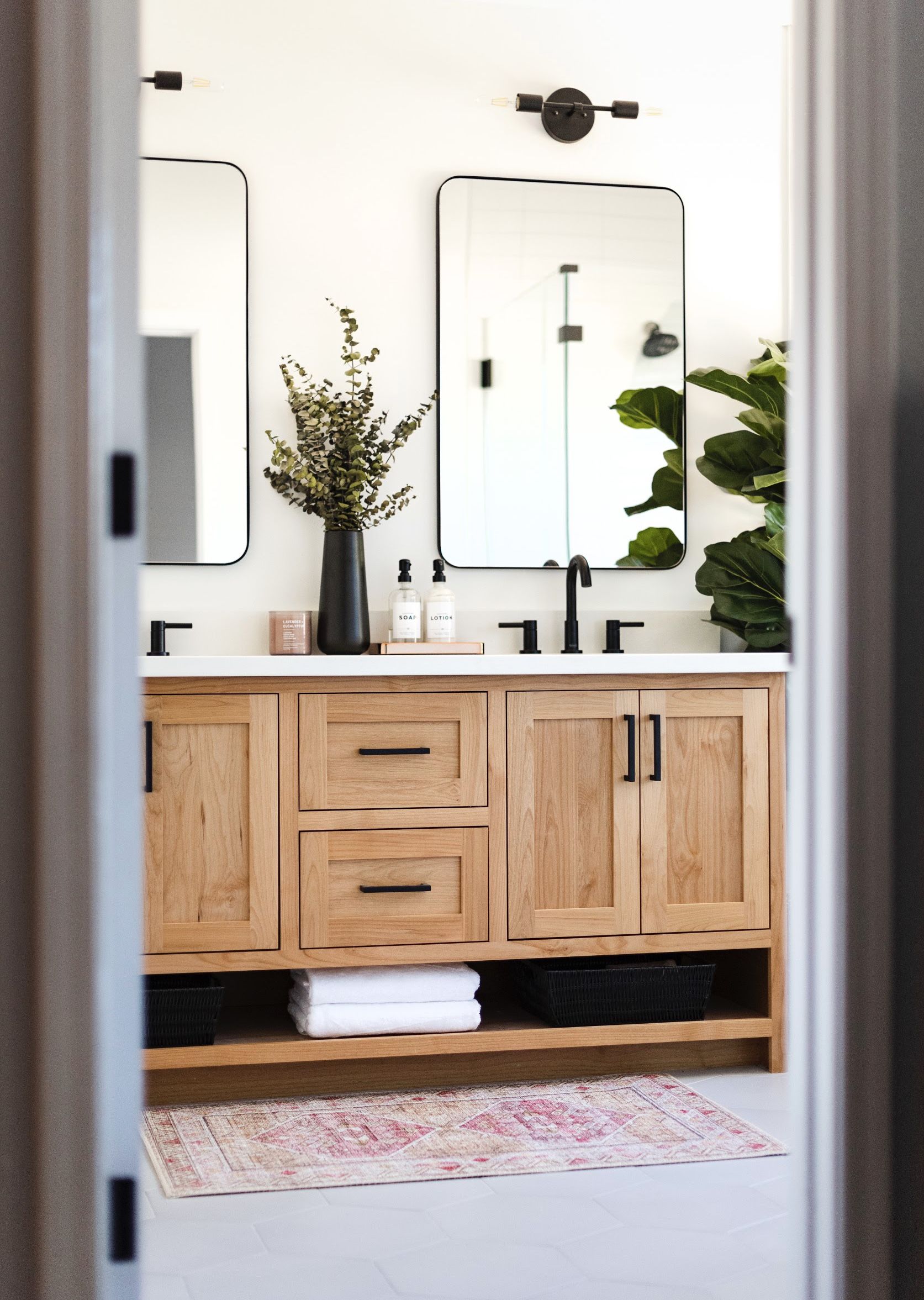

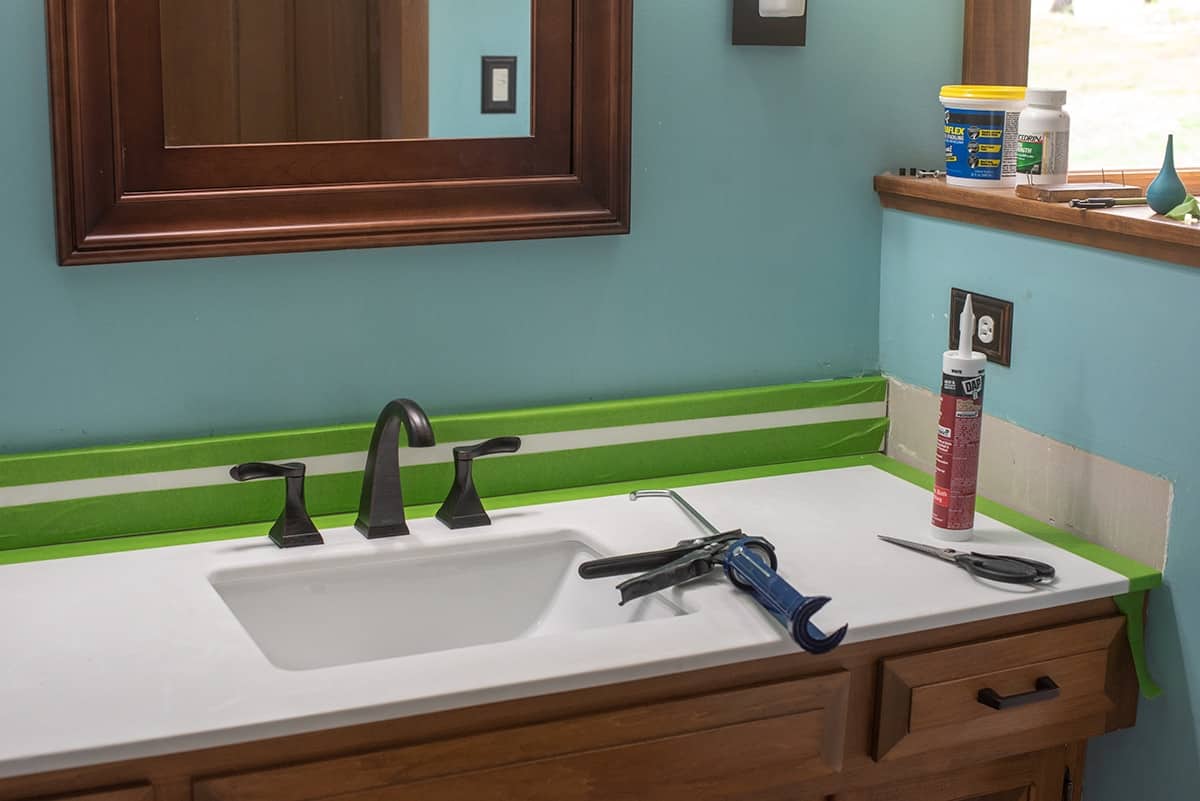
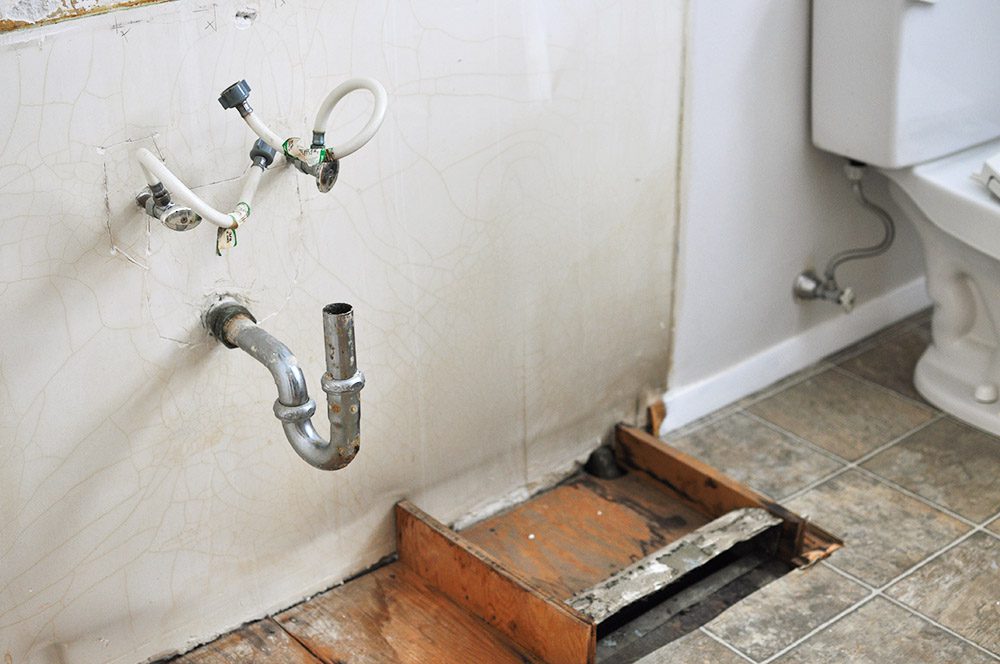


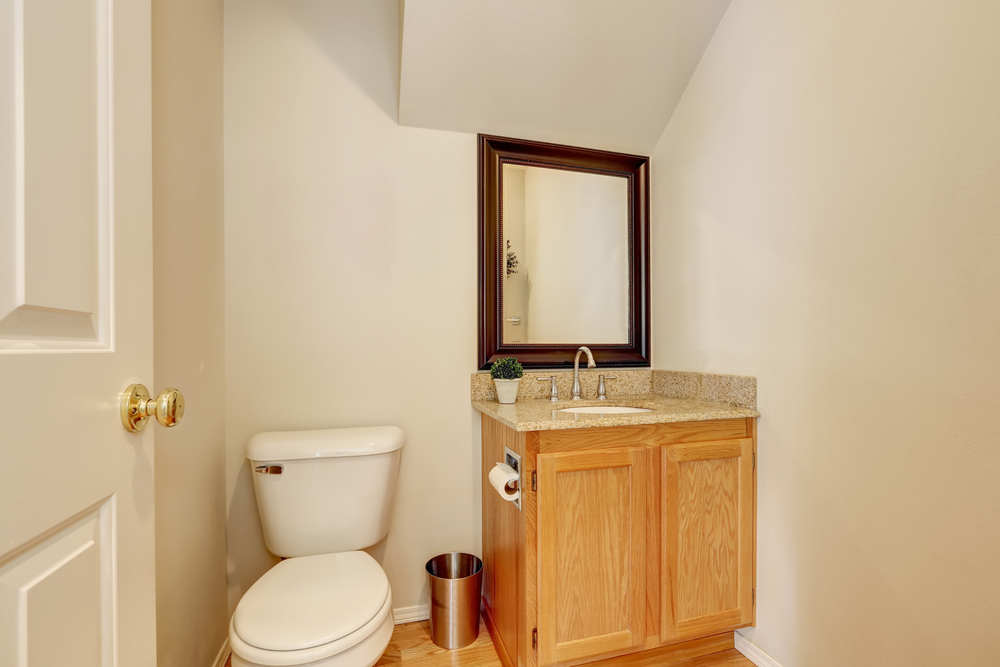


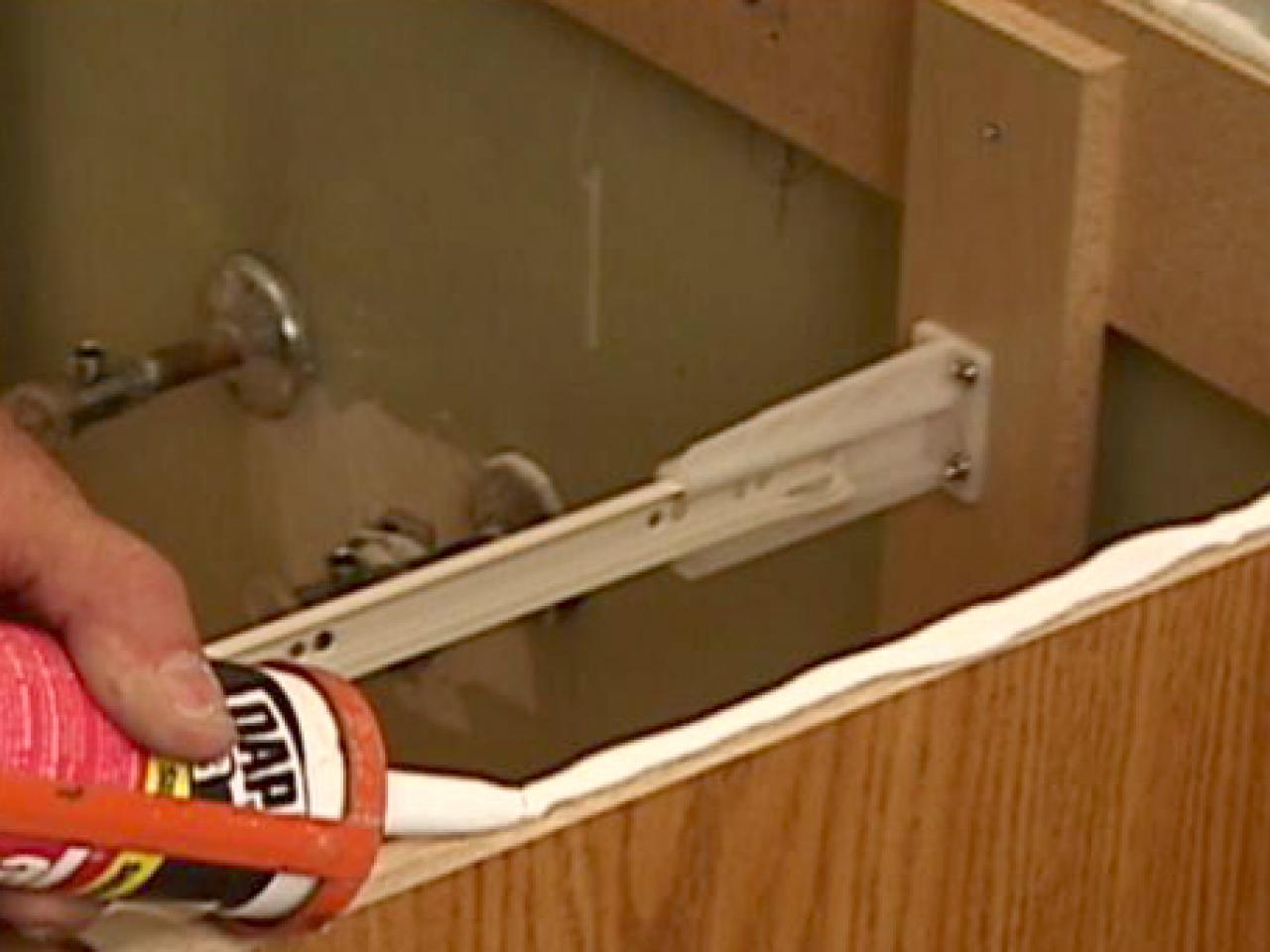




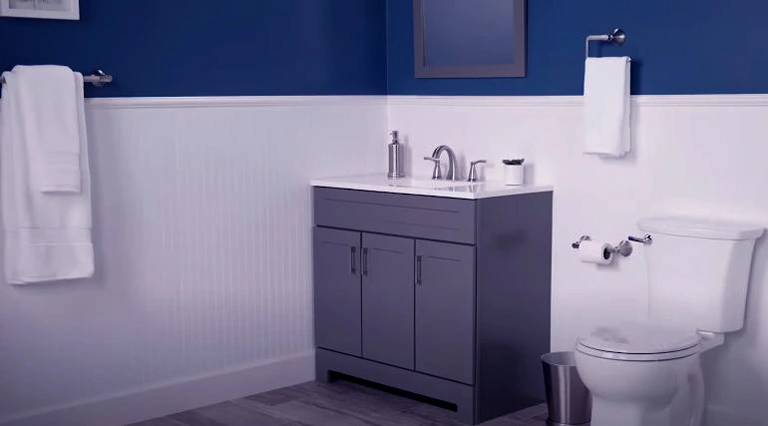


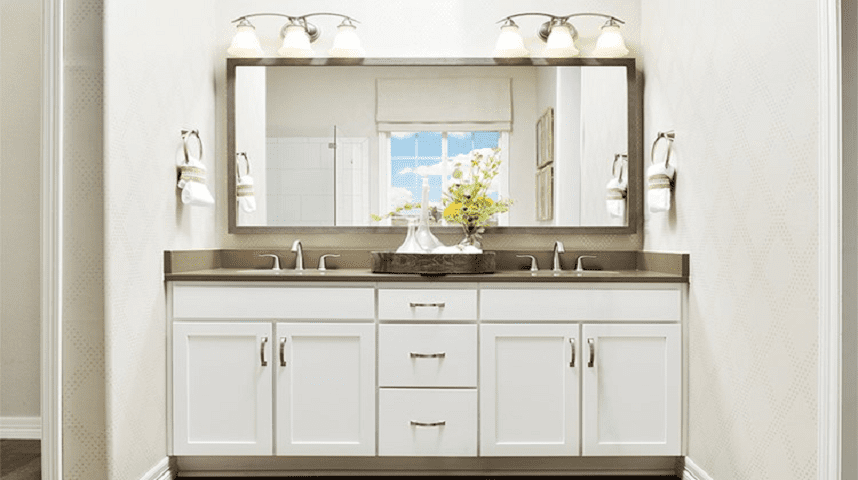
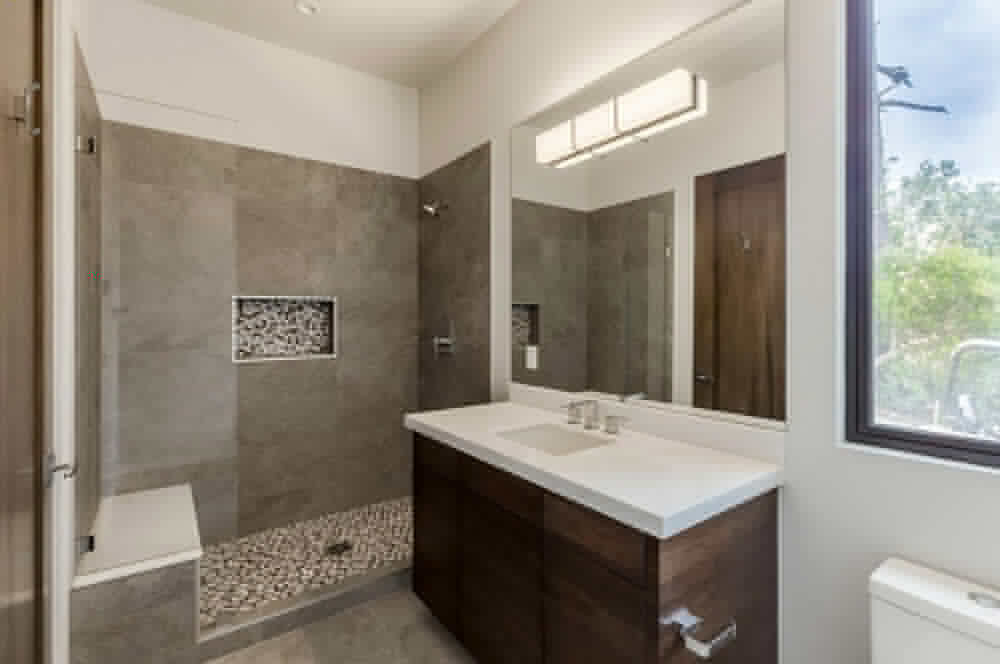

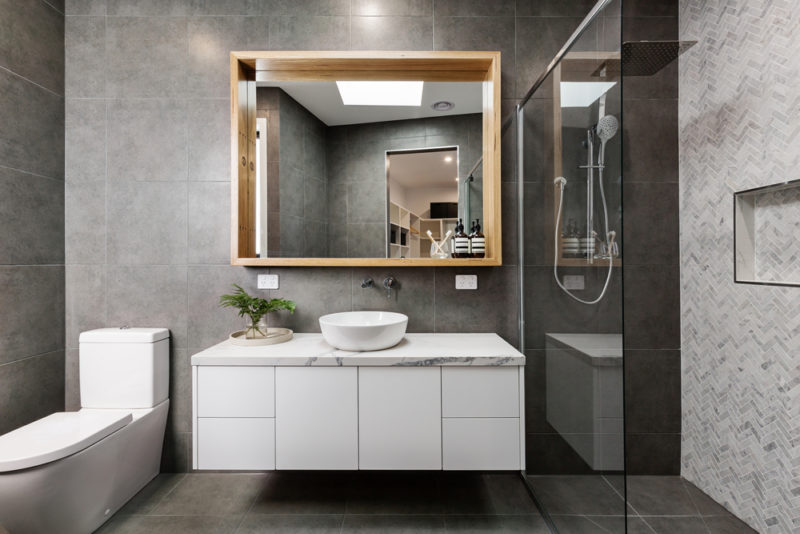




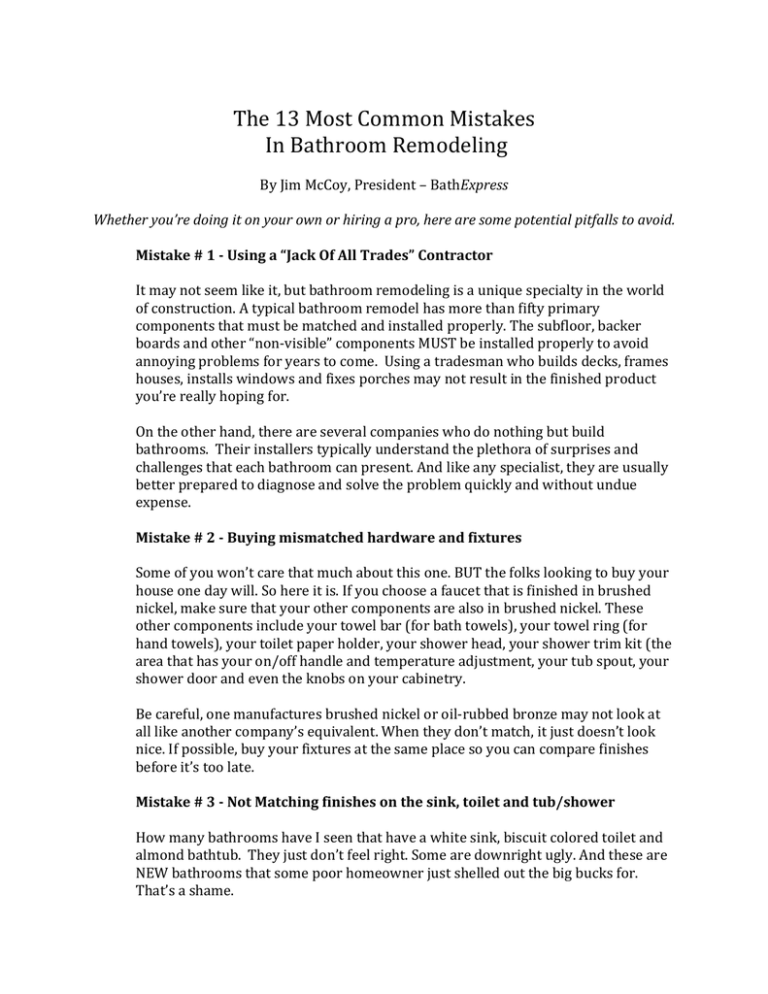

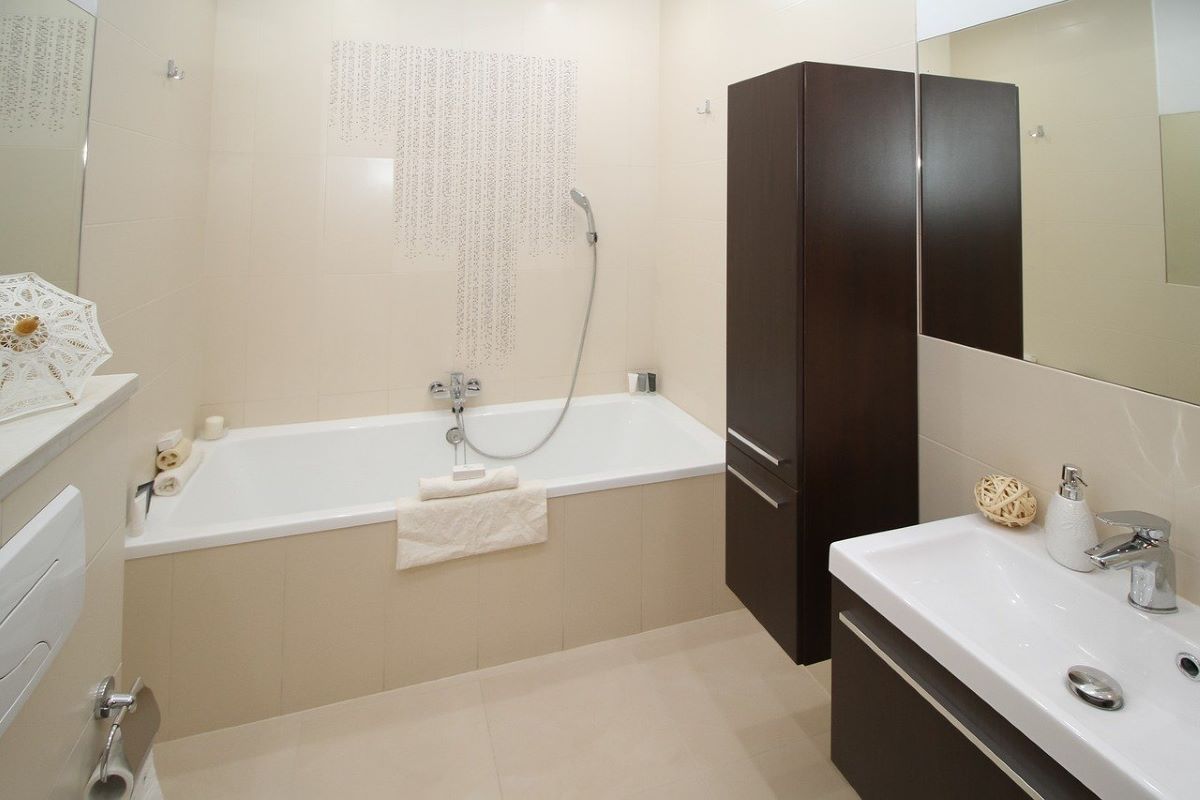

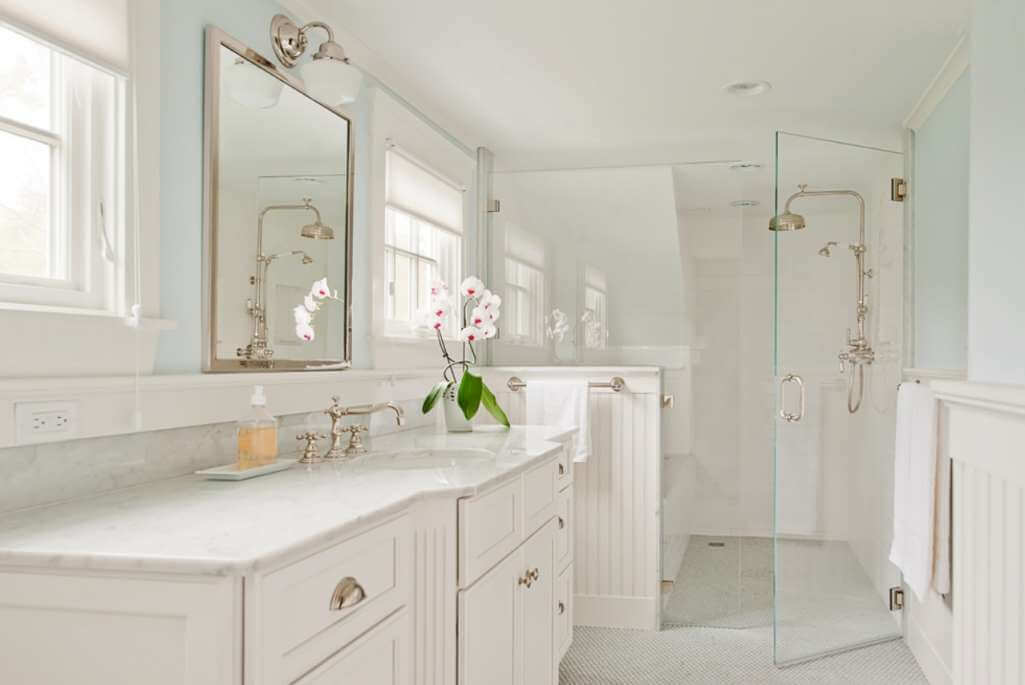


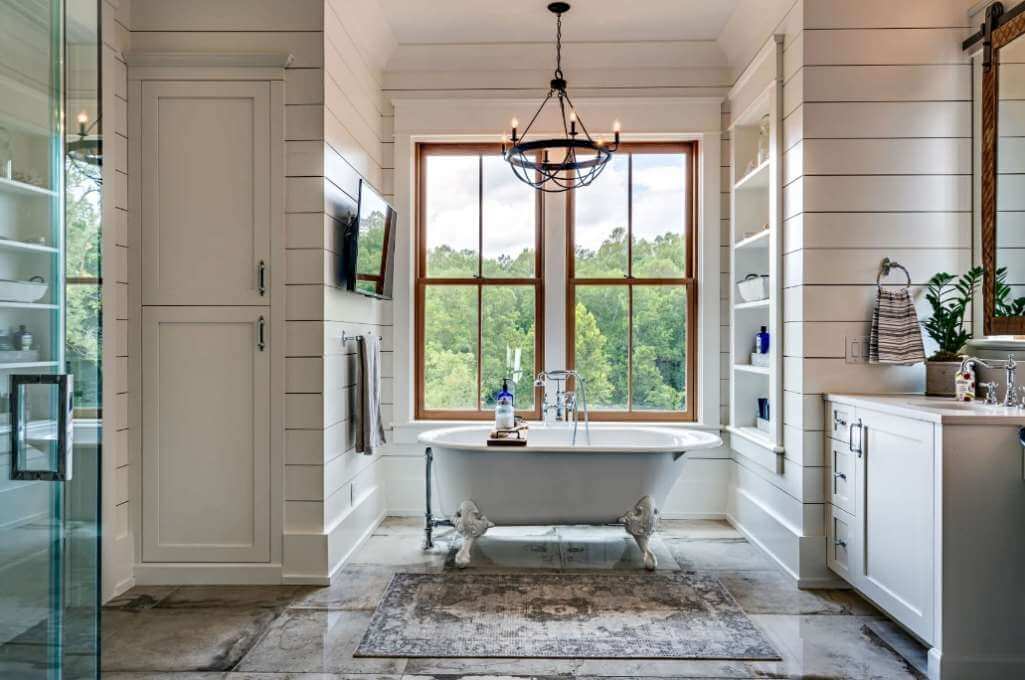
/sarahshermansamuelphotoanddesign-c65ca4291b3c467dac85246c35c92343.jpg)


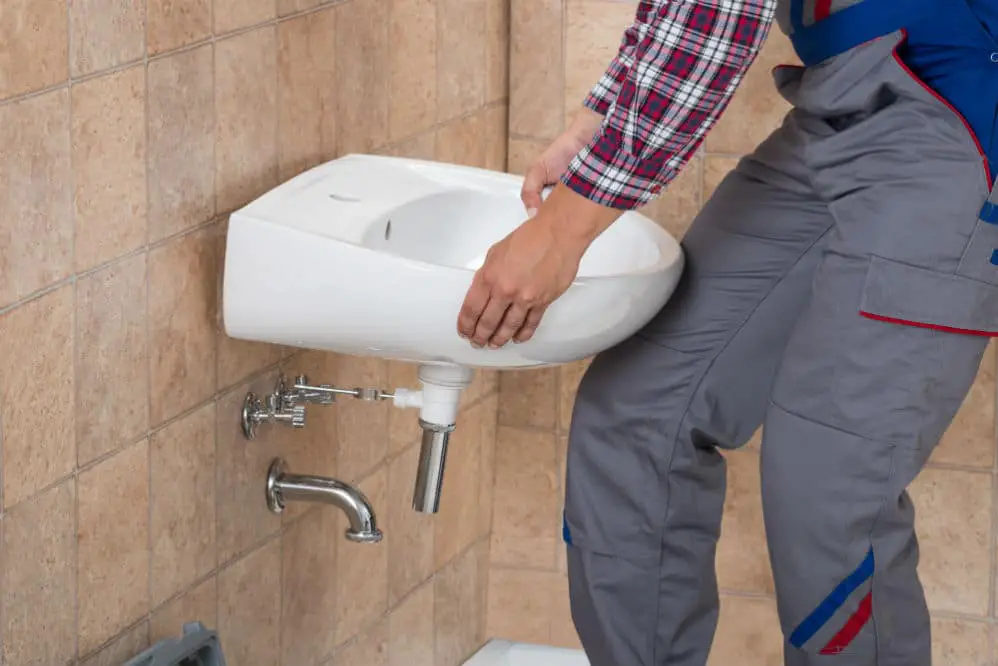



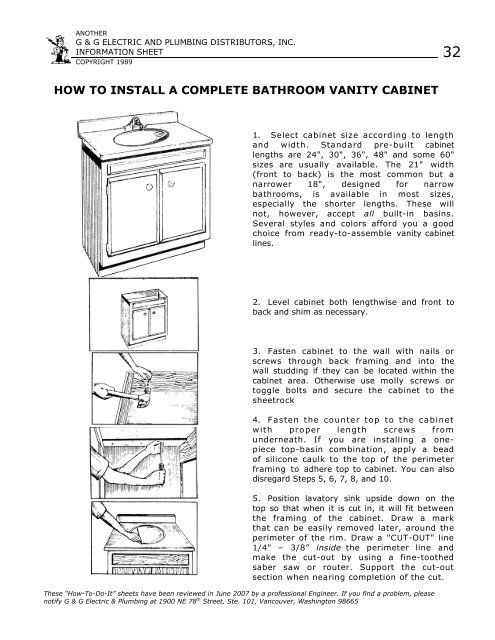

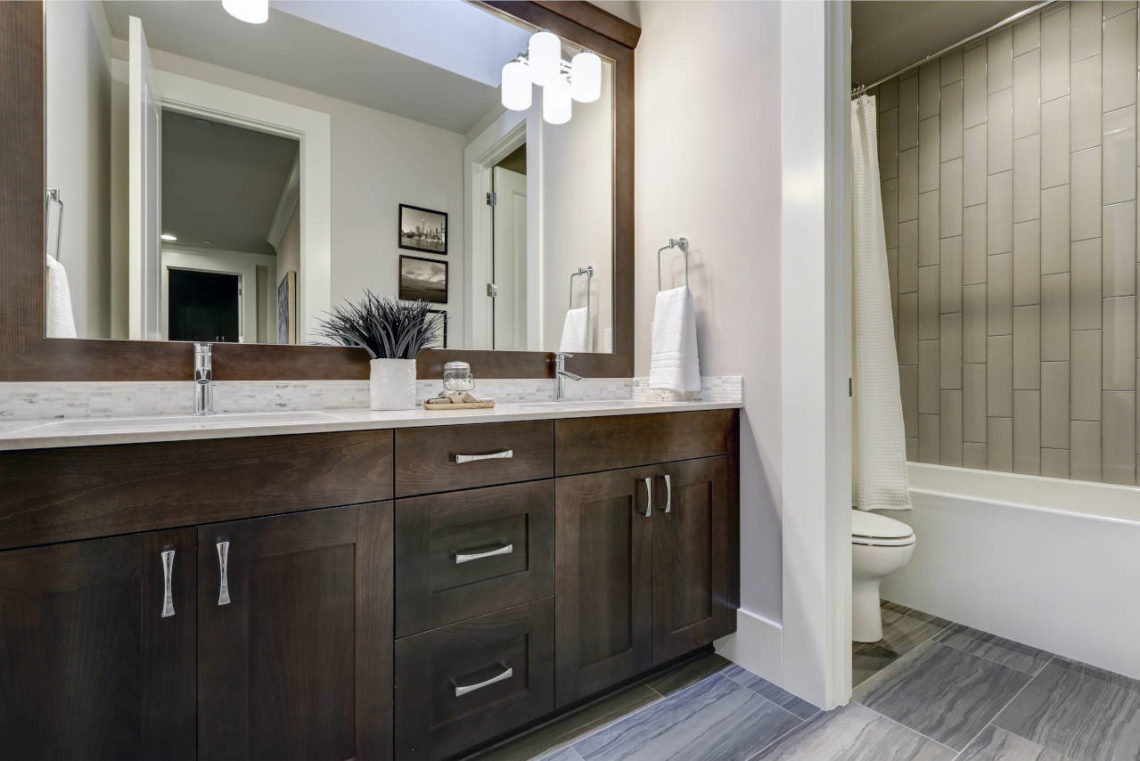
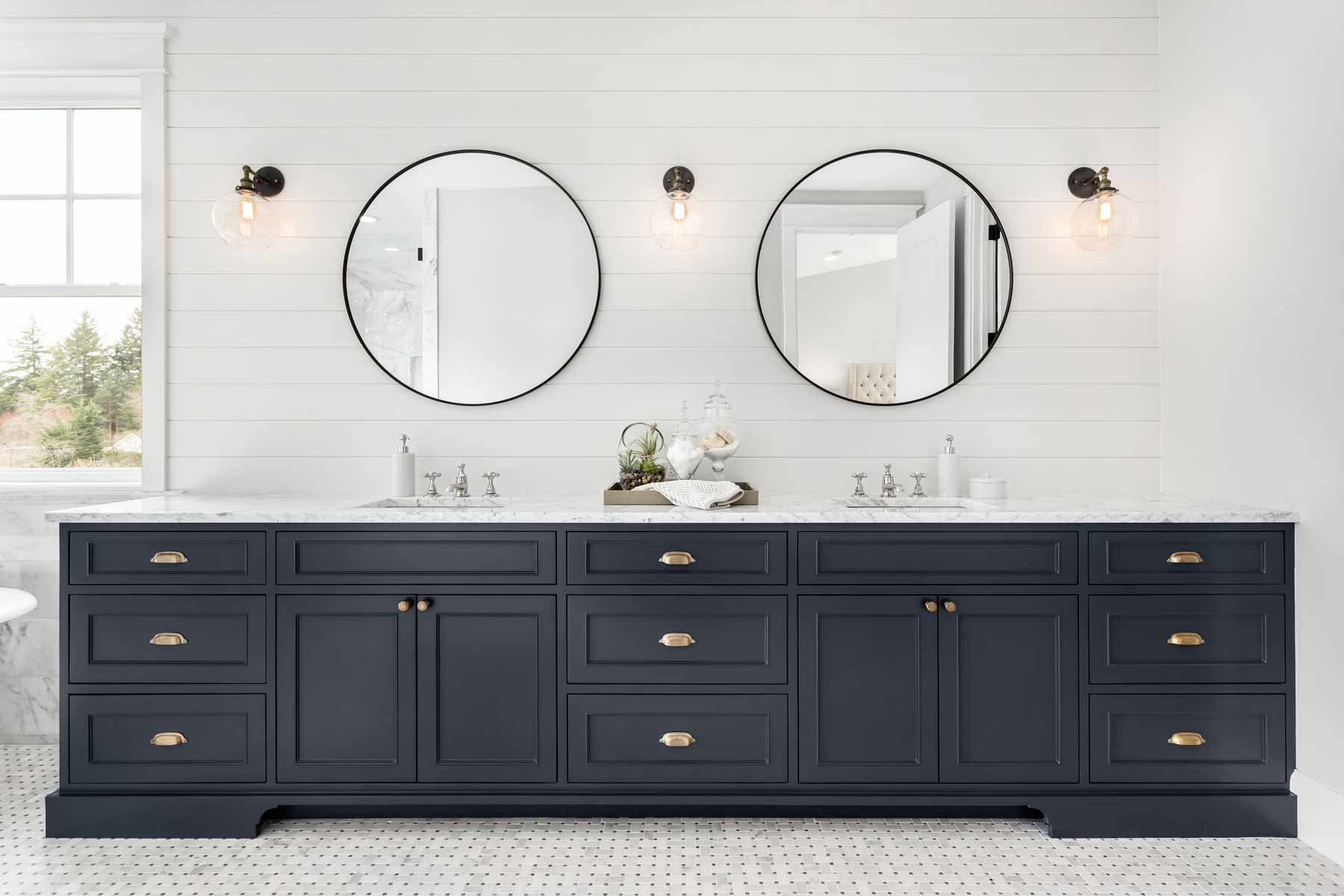

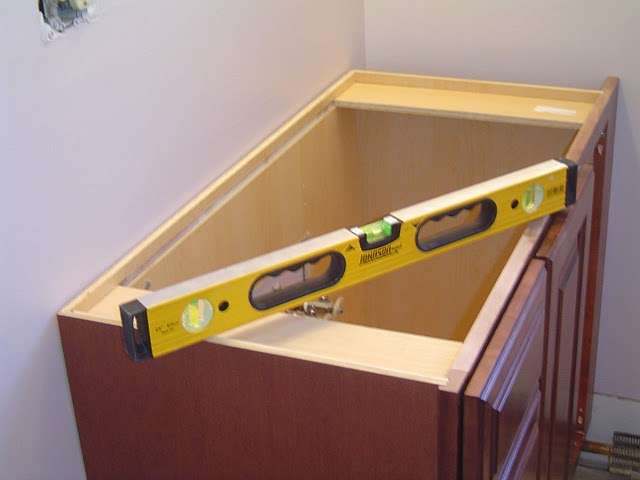












/GettyImages-1206150622-1c297aabd4a94f72a2675fc509306457.jpg)

